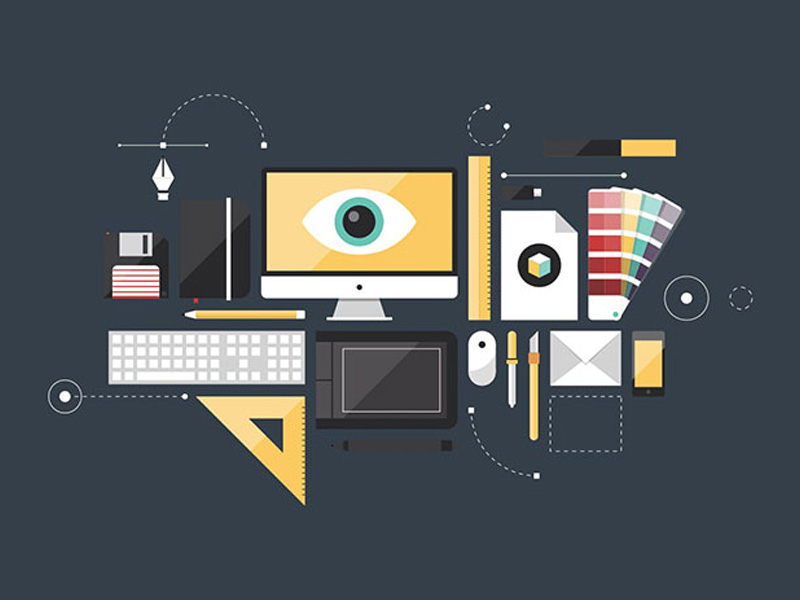
Ideas, Craft and Context – Formulating Meaningful Ideas: Part 2

I really enjoyed reading this week’s book in the resource list – Design Genius: The Ways and Workings of Creative Thinkers by Gavin Ambrose and Paul Harris. It is very informative, yet it is written in simple language that is easy to understand. Further to my previous post (you can read it here), the book is also about the different ways a design project can be tackled and from were a designer can draw inspiration for various projects.
The big question Ambrose imposes on the reader is:
"What are you trying to solve?"
Which is a very important question. One can easily say that they would like to create a series of prints or an installation or whatever… but what is the purpose behind it? Is it art for art’s sake? Is it a means to promote something? And also, the proposed outcome is it the ideal solution to your problem? Such questions need to be answered prior to setting off on working on a new project. In relation to the above question, the authors describe design as a ‘way of organising’ something. It is an interesting mindset to adapt indeed. When organising something, it is a matter of planning things one after the other. Hence, making a process a lot easier to create. In addition, it is better to tackle a problem in chunks. Breaking an extensive design brief into =smaller, digestible tasks, makes the whole project easier to comprehend. Very often, projects can be overwhleming, so it is beneficial to split things into tasks that are more doable.
All through the chapter that was shared in the resource list, there were also numerous frameworks and idea generating tips that are quite useful for any designer at any level. Some of them I was familiar with, like the Five W’s, The Four W’s and an H, however there were the 6 Ds of Design that I have never came across before.
The 6 Ds of Design
The 6 Ds of Design: Define Discover Develop Design Deliver Debrief
Another interesting framework I came across in this book was a series of seven steps that are equally good to use as a starting point for a project as well as to use when putting together a design brief for other stakeholders. The steps are as follows:
- Define – the topic of the brief or project
- Research – the background of the project.
- Ideate – possible solutions/ outcomes to the presented project.
- Prototype – choosing the best ideas out of the initial ideation phase.
- Select – Choosing the best ideas out of the good ones.
- Implement – Delivering of the project, if it is feasible.
- Learn – Evaluation of the outcome and lessons learned.
On a different note, Ambrose and Harris talk about the benefits of so-called “happy accidents’ and the importance of having fun whilst working. In a positive environment, ideation flows better and there really is no such thing as a totally bad idea. Indeed, some of the best inventions were discovered by accident, this includes penicillin, radioactivity and Velcro.
Quite an interesting read indeed. I will definitely be making use of this information throughout this module and beyond. Frameworks and plans are indeed important. I try to play out from beforehand as much as I can. I should allow myself some flexibility, but I try to exercise that with caution. As flexibility can make things very loose, so it is important that I stick to certain parameters and set some goals. Always bearing in mind that there is a deadline coming up… at times they can make things stressful, but sometimes deadlines make it easier to prioritise with is fundamental to a project.
Bibliography
Ambrose, G. and Harris, P., 2014. Design Genius. London: Bloomsbury.





